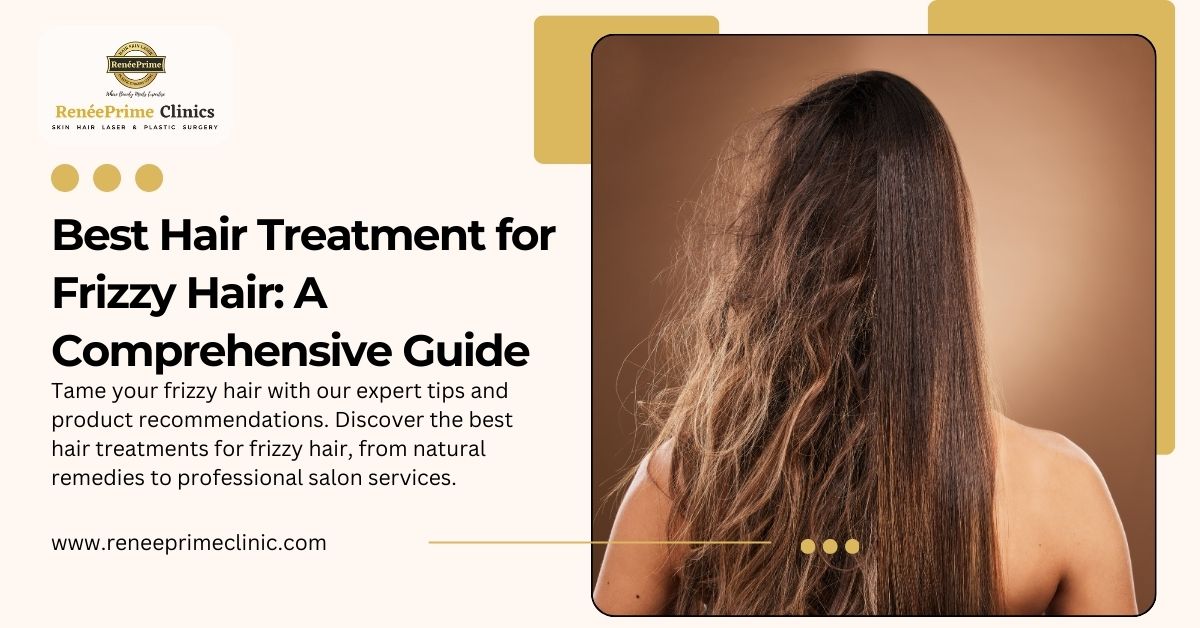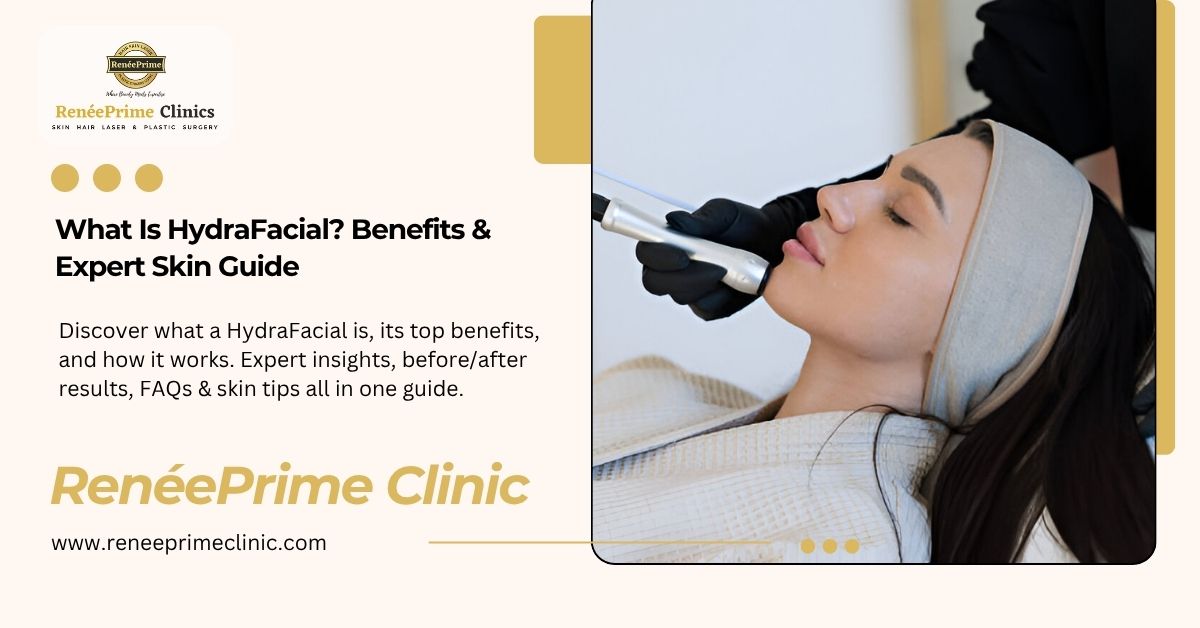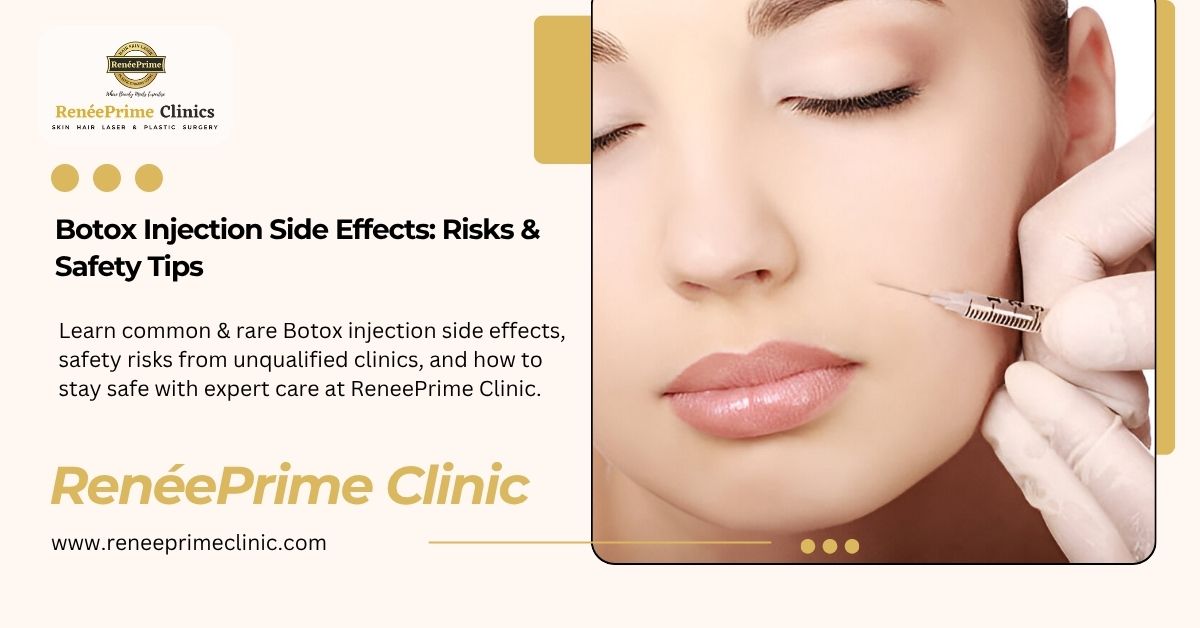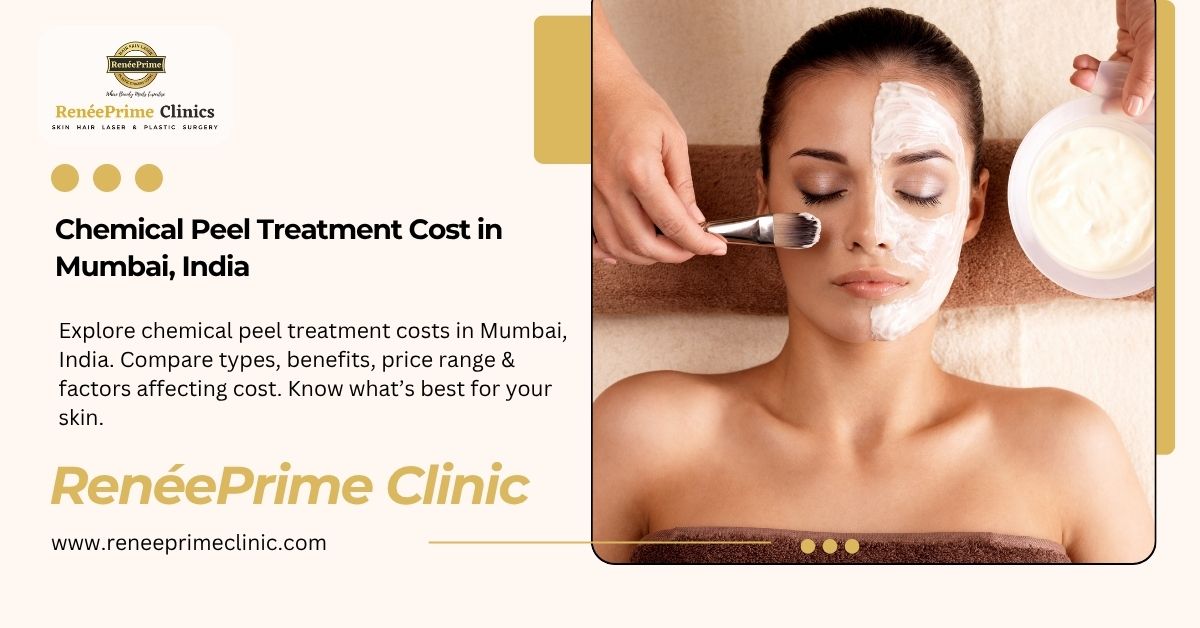Tired of battling frizz that refuses to budge, no matter what you try? You’re not alone. Frizzy hair can be a frustrating and time-consuming problem, but it doesn’t have to be. With the right knowledge and techniques, you can tame your frizzy hair and achieve smooth, manageable locks.
In this comprehensive guide, we’ll delve into the science behind frizzy hair, explore effective at-home and professional treatments, and share expert tips to help you achieve your hair goals. Whether you have naturally curly, wavy, or straight hair, we’ve got you covered. Let’s unlock the secrets to gorgeous, frizz-free hair together.
Understanding the Science Behind Frizzy Hair
Why Does My Hair Frizz?
Have you ever wondered why your hair seems to have a mind of its own, especially on humid days? The culprit behind this unruly behavior is often frizz. But what exactly is frizz, and why does it happen?
Frizz is caused by a combination of factors, including:
- Hair Porosity: Hair porosity refers to the ability of your hair to absorb and retain moisture. High porosity hair, with its raised cuticles, is more prone to frizz as it readily absorbs moisture from the air, causing it to swell and become unruly.
- Humidity: Humidity is a major factor in frizz. When the air is humid, the moisture in the air is drawn into your hair, causing it to swell and frizz.
- Lack of Moisture: Dry, dehydrated hair is more susceptible to frizz. When your hair lacks moisture, it becomes brittle and prone to breakage, leading to more frizz.
- Heat Damage: Excessive heat styling, such as blow-drying and using hot tools, can damage the hair cuticle, making it more prone to frizz.
- Chemical Treatments: Chemical treatments like perming, relaxing, and coloring can weaken the hair shaft, leading to increased frizz.
By understanding the root causes of frizz, you can take steps to prevent and manage it effectively.
At-Home Hair Treatments for Frizzy Hair
Don’t let frizzy hair hold you back. With the right at-home treatments, you can tame your tresses and achieve smooth, silky hair. Here are some effective methods to try:
Deep Conditioning Treatments:
Deep conditioning is a vital step in any hair care routine, especially for frizzy hair. It helps to replenish moisture, repair damage, and strengthen the hair shaft.
- How to Deep Condition Your Hair:
- Shampoo your hair: Gently cleanse your hair with a sulfate-free shampoo.
- Apply the deep conditioner: Generously apply a deep conditioner to damp hair, focusing on the ends.
- Leave it on: Cover your hair with a shower cap and leave the conditioner on for 15-30 minutes.
- Rinse thoroughly: Rinse out the conditioner with lukewarm water.
- Best Deep Conditioning Products for Frizzy Hair: Look for deep conditioners that contain ingredients like argan oil, coconut oil, shea butter, and keratin. These ingredients help to nourish, hydrate, and repair damaged hair.
Hair Masks:
Hair masks are another excellent way to pamper your hair and combat frizz. They provide intense moisture and nourishment, leaving your hair soft, smooth, and shiny.
- DIY Hair Masks for Frizzy Hair:
- Avocado Hair Mask: Avocado is rich in healthy fats and vitamins that help to hydrate and soften hair.
- Honey and Yogurt Hair Mask: Honey is a natural humectant that attracts moisture to the hair, while yogurt helps to soothe the scalp and improve hair texture.
- Egg and Olive Oil Hair Mask: Eggs are a great source of protein, which helps to strengthen hair, while olive oil provides deep hydration.
- Store-Bought Hair Masks: Choose hair masks that are specifically formulated for frizzy hair. Look for products that contain ingredients like keratin, argan oil, and coconut oil.
By incorporating these at-home treatments into your hair care routine, you can significantly reduce frizz and achieve healthier, more manageable hair.
Professional Hair Treatments for Frizzy Hair
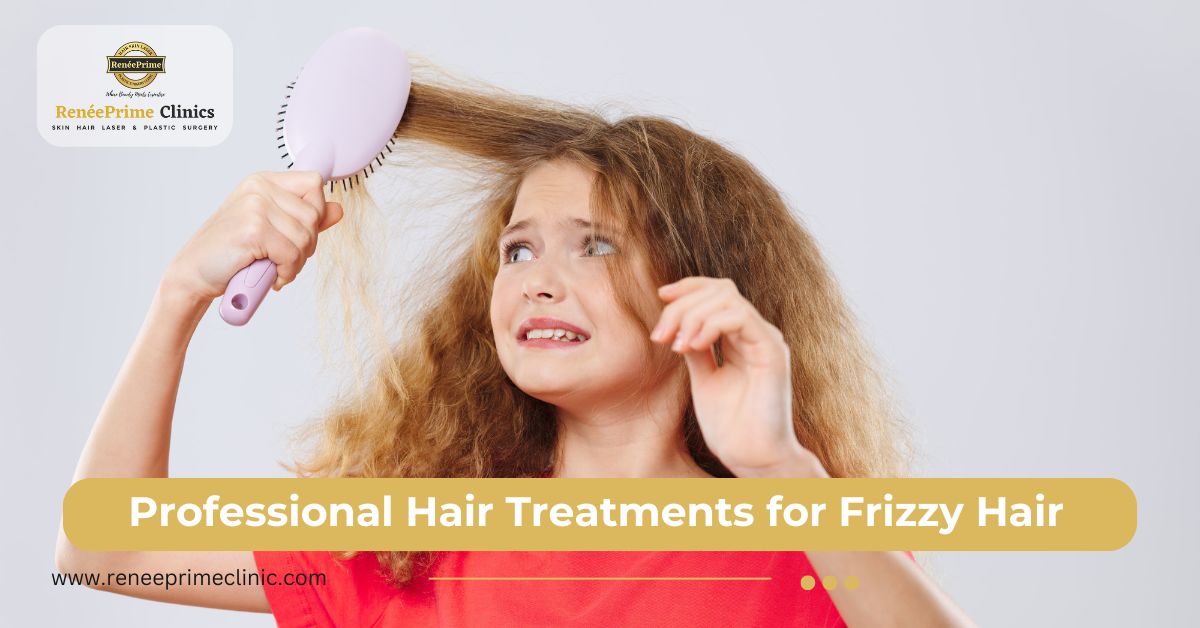
If at-home treatments aren’t enough to tame your frizzy hair, professional treatments can offer more long-lasting results. Here are some popular options:
Keratin Treatments:
Keratin treatments are a popular choice for people with frizzy, unruly hair. This treatment involves applying a keratin solution to the hair, which helps to smooth the hair cuticle and reduce frizz.
- How Keratin Treatments Work: The keratin solution is applied to the hair and then sealed in with heat. This process helps to fill in the gaps in the hair cuticle, making it smoother and more resistant to frizz.
- Benefits and Drawbacks of Keratin Treatments:
- Benefits: Smoother, shinier hair, reduced frizz, and easier styling.
- Drawbacks: Can be time-consuming and expensive. It can also damage the hair if not done correctly.
Brazilian Blowouts:
Brazilian blowouts are another popular professional treatment for frizzy hair. This treatment uses a chemical solution to straighten the hair and reduce frizz.
- How Brazilian Blowouts Work: A chemical solution is applied to the hair, which breaks down the hair’s disulfide bonds. The hair is then straightened and the bonds are reformed, resulting in smoother, straighter hair.
- Benefits and Drawbacks of Brazilian Blowouts:
- Benefits: Smoother, straighter hair, reduced frizz, and longer-lasting results than keratin treatments.
- Drawbacks: Can be more damaging to the hair than keratin treatments, especially if not done correctly.
Smoothing Treatments:
In addition to keratin treatments and Brazilian blowouts, there are other smoothing treatments available, such as Japanese straightening and thermal reconditioning. These treatments can help to straighten curly or wavy hair and reduce frizz. However, it’s important to consult with a professional stylist to determine the best treatment for your hair type and condition.
Remember, while professional treatments can be effective, it’s important to choose a reputable salon and stylist to minimize the risk of damage.
Hair Care Tips for Frizzy Hair
In addition to at-home and professional treatments, following some simple hair care tips can help you manage frizz and keep your hair looking its best.
Gentle Hair Washing Techniques:
- How Often to Wash Your Hair: Over-washing your hair can strip it of its natural oils, leading to dryness and frizz. Aim to wash your hair every 2-3 days, or as needed.
- Choosing the Right Shampoo and Conditioner: Use a sulfate-free shampoo and a moisturizing conditioner to help maintain your hair’s natural moisture balance. Avoid products that contain harsh chemicals, as these can damage your hair and exacerbate frizz.
Avoiding Heat Styling: Excessive heat styling can damage your hair and make it more prone to frizz. Whenever possible, let your hair air-dry. If you must use heat styling tools, use them on the lowest heat setting and apply a heat protectant spray to minimize damage.
Using the Right Hairbrush: The type of hairbrush you use can also impact your hair’s frizziness. Opt for wide-tooth combs or brushes with soft bristles to avoid pulling and breaking your hair.
Protecting Hair from Humidity: Humidity can be a major culprit of frizz. To protect your hair from humidity, consider the following tips:
- Use a Humidity-Resistant Hairspray: A good hairspray can help to lock in moisture and protect your hair from humidity.
- Tie Your Hair Up: When the humidity is high, consider tying your hair up in a loose bun or ponytail to minimize exposure to moisture.
Regular Trims: Regular trims are essential for maintaining healthy, frizz-free hair. Trimming your hair every 6-8 weeks can help to remove split ends and prevent further damage.
By following these simple hair care tips, you can significantly reduce frizz and achieve smoother, more manageable hair.
Best Hair Products for Frizzy Hair
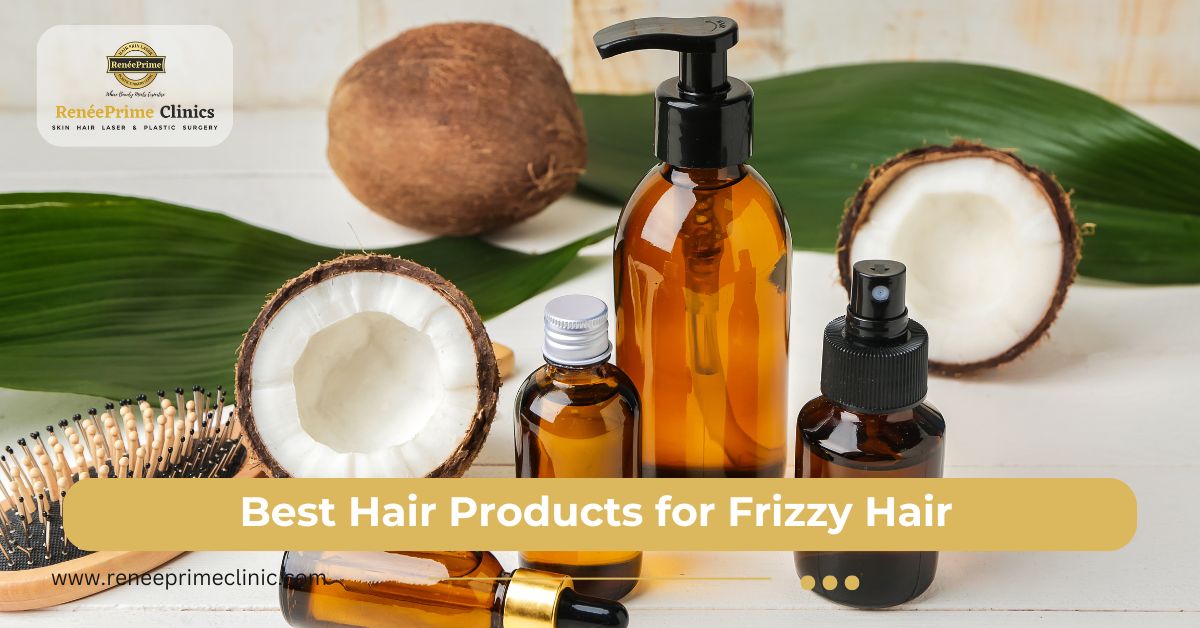
Choosing the right hair products can make a significant difference in managing frizzy hair. Here are some product recommendations to help you tame your tresses:
Shampoo and Conditioner:
- Sulfate-Free Shampoos: Sulfates can strip your hair of its natural oils, leading to dryness and frizz. Opt for sulfate-free shampoos that are gentle on your hair.
- Moisturizing Conditioners: A good conditioner can help to hydrate and nourish your hair, reducing frizz. Look for conditioners that contain ingredients like argan oil, coconut oil, and shea butter.
Hair Serums: Hair serums can help to smooth the hair cuticle, reduce frizz, and add shine.
- Silicone-Based Serums: These serums create a protective barrier around the hair shaft, preventing moisture loss and reducing frizz.
- Oil-Based Serums: Oil-based serums, such as argan oil and Moroccan oil, can help to nourish and hydrate the hair, making it more manageable.
Hair Oils: Hair oils can help to moisturize and strengthen the hair, reducing frizz and breakage.
- Argan Oil: This versatile oil can be used on both wet and dry hair to add shine, reduce frizz, and protect against heat damage.
- Coconut Oil: Coconut oil is a great natural moisturizer that can help to hydrate and nourish the hair.
- Moroccan Oil: This luxurious oil is rich in antioxidants and fatty acids, which help to repair damaged hair and reduce frizz.
Leave-in Conditioners: Leave-in conditioners can help to detangle hair, add moisture, and protect against heat damage. Look for leave-in conditioners that are specifically formulated for frizzy hair.
Heat Protectants: If you must use heat styling tools, always apply a heat protectant spray to shield your hair from damage. Heat protectants can help to reduce frizz and prevent split ends.
By using the right hair products and following a consistent hair care routine, you can effectively manage frizz and achieve beautiful, healthy hair.
Conclusion
Taming frizzy hair can be a challenge, but with the right approach, it’s entirely possible. By understanding the science behind frizz, incorporating effective at-home and professional treatments, and following good hair care practices, you can achieve smoother, more manageable hair. Remember, patience and consistency are key.
Helpful Suggestions:
- Stay Hydrated: Drinking plenty of water can help to hydrate your hair from the inside out.
- Eat a Healthy Diet: A balanced diet rich in vitamins and minerals can promote healthy hair growth and reduce frizz.
- Use a Silk Pillowcase: A silk pillowcase can help to reduce friction and minimize hair breakage and frizz.
- Avoid Tight Hairstyles: Tight hairstyles can pull on the hair and lead to breakage and frizz.
By following these tips and using the right products, you can say goodbye to frizzy hair and hello to beautiful, healthy locks.
Frequently Asked Questions
1. Can you permanently straighten frizzy hair?
While professional treatments like keratin treatments and Brazilian blowouts can significantly reduce frizz and straighten hair, they are not permanent solutions. The effects of these treatments typically last several months, and the hair will eventually return to its natural state.
2. How often should I deep condition my hair?
You should deep condition your hair once a week or every other week, depending on your hair’s specific needs. If your hair is particularly dry or damaged, you may need to deep condition it more frequently.
3. What is the best way to style frizzy hair?
When styling frizzy hair, it’s important to use the right techniques and products. Here are some tips:
Start with damp hair: Apply a heat protectant and style your hair while it’s still damp.
Use a diffuser: A diffuser can help to dry your hair without causing excessive frizz.
Avoid brushing your hair too much: Brushing your hair too much can cause breakage and frizz.
Use a wide-tooth comb: A wide-tooth comb is gentler on the hair and can help to detangle without causing frizz.
4. Can diet affect hair frizz?
Yes, diet can affect hair frizz. Eating a balanced diet rich in vitamins, minerals, and protein can promote healthy hair growth and reduce frizz. Foods like fruits, vegetables, lean protein, and healthy fats are beneficial for hair health.
5. How can I prevent hair damage from heat styling?
To prevent hair damage from heat styling, it’s important to use heat protectant products and avoid using high heat settings. You should also limit the frequency of heat styling to minimize damage.
6. What is the difference between keratin treatments and Brazilian blowouts?
Both keratin treatments and Brazilian blowouts are professional treatments that can help to smooth and straighten hair. However, there are some key differences between the two:
Keratin Treatments: These treatments add keratin protein to the hair, which helps to repair damage and smooth the hair cuticle.
Brazilian Blowouts: These treatments use a chemical solution to break down the hair’s disulfide bonds, allowing the hair to be straightened.
By understanding the differences between these two treatments, you can choose the best option for your hair type and needs.

